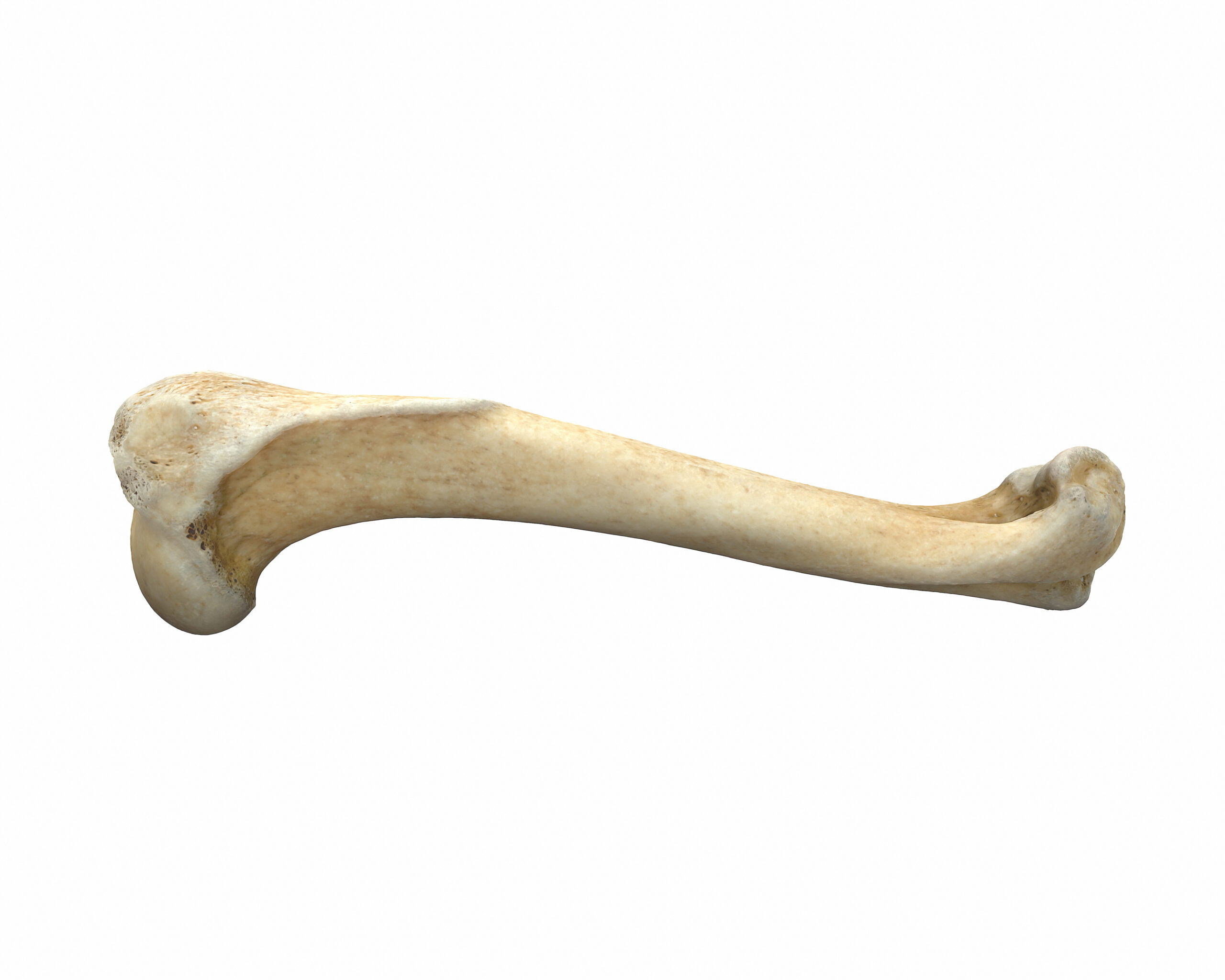
Hydroxyapatite extracted from animal bones showed fire protection effects on jute fibres in polymer composites. The hydroxyapatite (HAP, the calcium phosphate mineral structure of bones) was dissolved out of the bones using 20% sodium hydroxide, releasing a slurry of micro-HAP particles, which were then neutralised and calcined at 1000°C. The jute fibres were functionalised with 20% sodium hydroxide then repeatedly dipped in micro-HAP solution. The treated jute fibres were then incorporated into vinyl ester resin (VER) composites. Heat release rate of the treated jute was reduced by c. 80% compared to untreated fibres, and was reduced by around 2/3 for composites. Tensile strength and impact energy of the composites were increased. The micro-HAP generates char during combustion, reducing release of volatile, flammable gases.
“Renewable micro hydroxyapatite (mHA) extracted from animal bones, and fabricated mHA-Jute-vinyl ester bio-composite as an intumescent green flame retardant material”, R. Cheedarala et al., Mater. Adv., 2023, 4, 1171–1187, https://doi.org/10.1039/d2ma01029a